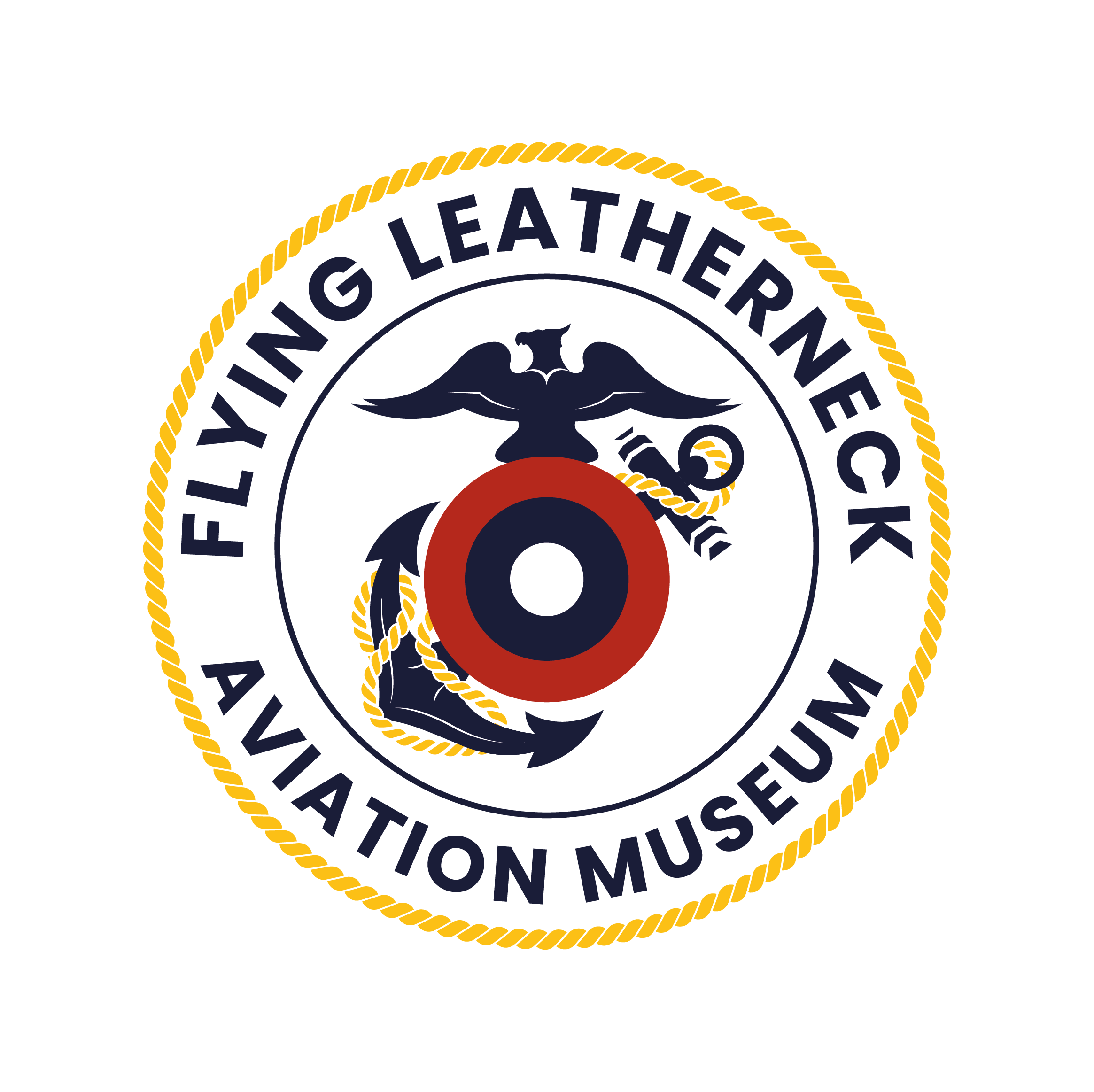TO-1 SHOOTING STAR
$120
Raised
6
Donations
$100,000
Goal
T-33 Shooting Star
The T-33 Shooting Star, an early jet trainer aircraft, holds a prominent place in aviation history for its role in advancing jet training and its contributions to the development of jet aircraft technology. Lockheed developed the T-33 as a key platform for training pilots in the early days of jet aviation.
Key Facts:
- Service History: The T-33, introduced in the early 1950s, was the first jet trainer developed explicitly to help pilots transition from piston-engine aircraft to jets. It was widely used by the U.S. Air Force and Navy and several allied air forces worldwide. The T-33 served in various roles as a trainer, reconnaissance aircraft, and target tug. It played a significant role during the Cold War, helping to train a new generation of jet pilots and contributing to the readiness of military air forces.
- Design and Capabilities: The T-33 is powered by a single Allison J33 turbojet engine, which provides a maximum speed of approximately Mach 0.8. It features a twin-engine design with a sleek, aerodynamic fuselage and a distinctive nose cone. The T-33 has a tandem seating arrangement, with a forward cockpit for the instructor and a rear cockpit for the student pilot. Its design emphasizes stability and ease of handling, making it ideal for training. The aircraft also has various avionics and systems to simulate flight conditions and operational scenarios.
- Significance in Aviation History: The T-33 Shooting Star represents a significant advancement in jet trainer aircraft, bridging the gap between piston-engine trainers and more advanced jet fighters. Its role in training pilots to transition to jet-powered aircraft underscored its importance in developing modern air combat capabilities. The T-33’s contributions to pilot training and its impact on the evolution of jet technology highlight its significance in aviation history.
Importance of Restoration: Restoring the T-33 Shooting Star is crucial for preserving the legacy of a vital jet trainer that played a key role in the development of modern aviation. The T-33’s contributions to pilot training and its influence on jet aircraft design underscore its significance in the history of flight. By restoring this aircraft, we honor the achievements of the pilots, instructors, and engineers who worked with the T-33. A restored T-33 Shooting Star will serve as an educational resource, offering insights into the early days of jet training and the evolution of military aviation. It will also stand as a tribute to the enduring legacy of the Shooting Star and its contributions to the advancement of jet-powered flight.
Notice:
All donations received for this campaign will be used to support the designated project or initiative. In the event that funds raised exceed what is needed, or if circumstances prevent the completion of the campaign as described, remaining funds will be directed to the organization’s general fund to support our ongoing mission and programs.

Our donors
J
Jeff
I'm a softy for the Shooting Star. I hope my little amount helps. I was a Marine stationed at El Toro with VMGR-352 in 1984/85. Can't wait to visit the old hangar after 40+ years! SEMPER FI!!!
JM
Jeff McVey